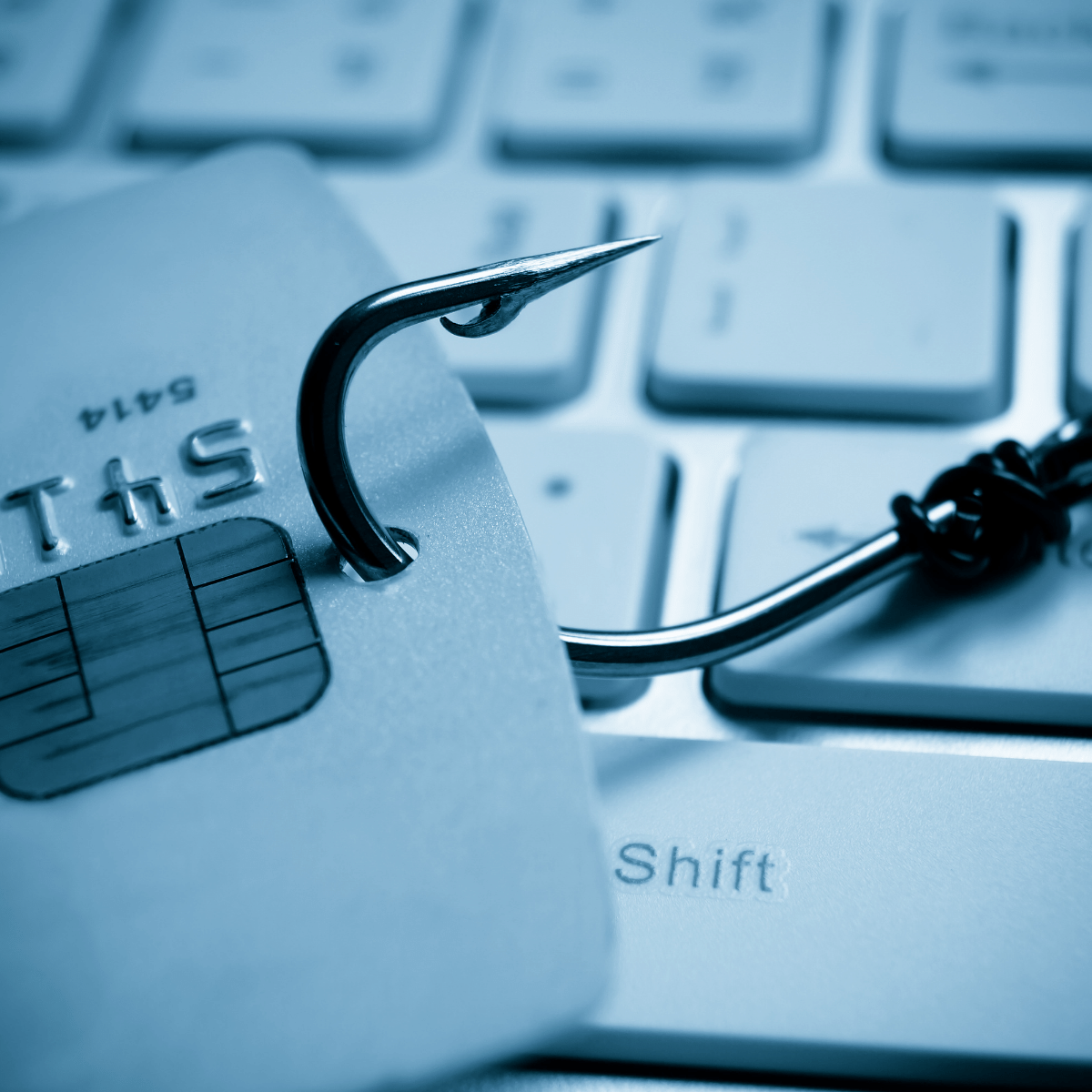- Solutions
- ShieldVision™
- By Use Case
- Industries
- SOC
- Visibility Triad
- Knowledge Center
- Partners
- Company
- Talk to an Expert
What is Phishing?
Phishing is a type of online fraud which aims to steal personal and financial information by impersonating reputable companies.
Phishing can be done through email, websites, and social media. One of the most common ways phishers try to get your information is by sending you an email from a company you do business with or from someone you know.
The email may ask for your account number or other personal information. It might even say that there's a problem with your account and that you need to update your personal information immediately.
How to Spot a Phish
The best way to spot a phish is by looking for red flags such as typos, spammy subject lines, poor grammar and spelling mistakes. If you are unsure about something, it is always best to contact the company directly via phone or email rather than click on any links provided.
How to Protect Yourself from Phishing Attacks
Phishing scams are becoming more sophisticated and harder to spot every day. It’s not always easy to tell if an email is legitimate or not, which is why it’s important for everyone to know how to protect themselves against these attacks.
The first thing you should do when you get an email from your bank, credit card company or any other service provider is to make sure it’s actually them by looking at the sender’s address in your inbox. A phishing email will often have the name of a well-known company such as “Bank of America,” but the sender's address may be “[email protected]” or “BbccoDc3H6sLfI8MCJpAAABXyh43. A golden rule is to simply use common sense, and truly think of the motive behind the email. It’s better to be speculative than to be gullible.
The Current State of Phishing
Cybercriminals are becoming more skilled and cunning with phishing methods every year, while using tried-and-true strategies to trick their victims and steal from them. The COVID-19 epidemic allowed hackers to increase the frequency in which fraudulent emails were distributed as part of cyberattacks, according to data from Verizon. As our world shifted predominately online, phishing attempts rose drastically as many of us rely on email to communicate within the online work place.
It might be challenging to discern a phishing attempt from a legitimate email, sms, or information request since phishing attempts can take many various forms. As a result, phishing simulations are a great approach to gauge user knowledge and raise phishing awareness across the board in your business.
Examples of Different Types of Phishing Attacks
Phishing has developed over the years to become increasingly complex, alluring, and difficult to detect. This means there is not a one-size-fits-all approach to identifying spam.
Phishing Email
The annual list of catastrophic data breaches in the globe still includes a sizable percentage of phishing emails. Phishing emails are made to look like they are from a reputable source, such as PayPal, a bank, Amazon customer service, or another well-known company. Cybercriminals conceal their presence in minute details like an email link or the URL of the sender.
Spear Phishing
The information that a cybercriminal has previously gathered about the victim or the victim's company is the foundation of this more focused phishing email assault. Spear phishing emails frequently utilize urgent and well-known language to persuade its victims to take rapid action.
Link Manipulation
This assault uses carefully crafted phishing emails and contains a link to a well-known website. This link directs users to a fake version of the well-known website that is made to resemble the genuine one and requests that they confirm or change their account credentials.
Fake Websites
Phishing emails are sent by online criminals that contain links to bogus webpages, such as the registration login screen for a well-known mail provider, and urge the target to input their login details or other details into the false website's interface. In order to fool consumers, malicious websites frequently employ a small alteration to a well-known URL, such as using mail.update.gmail.com rather than mail.gmail.com.
CEO Fraud
An email address that the victim is acquainted with, such as the CEO's, the HR manager's, or the IT support department's, is used in this illustration of a phishing assault. The email begs the recipient to take immediate action and provide money, change employee information, or download a new program on their computer.
Content Injection
A cunning cybercriminal will hack a well-known website and add a phony authentication server or pop-up that drives users to a false website.
Session Hijacking
With the help of this sophisticated phishing operation, thieves are able to enter a firm's web server and steal the sensitive data that is kept there.
Malware
Clicking an unsolicited email is all it requires to download dangerous malware on a PC or corporate network. These files may even be presented as humorous cat videos, Ebooks, or animated images while still appearing to be legitimate.

Date: 01.28 | Time: 1:00 PM MT